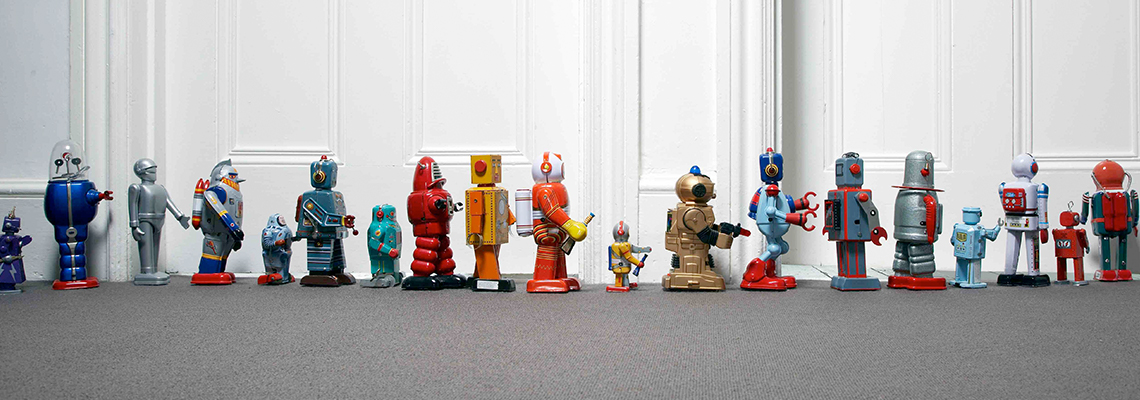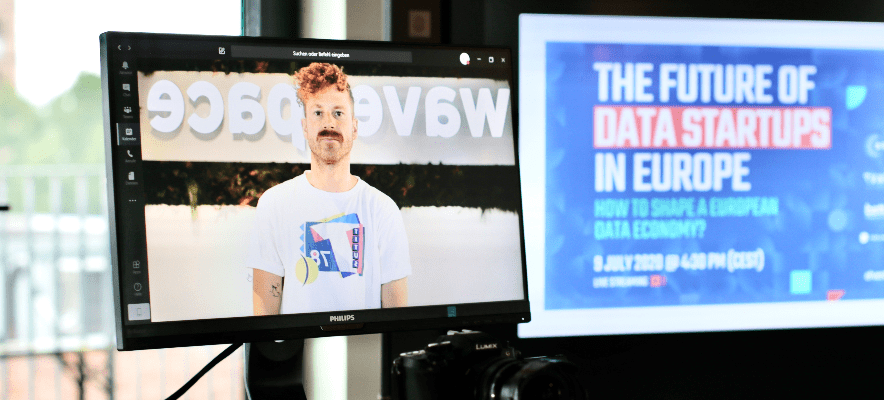Future of Work – Why do we actually need a new working world?
17. May 2018
Last year, Germany had the highest gross national product of all time, the lowest unemployment rate since the fall of the Berlin wall and technological progress is almost unstoppable. Do we really have to deal with the new working world under these circumstances? Things have been going quite well with the old work so far.
“In the Future of Work, late adopter means out of business”
Jacob Morgan
It remains to be seen whether a “late adopter” really has to close down immediately. But the fact that there will generally be “late adopters” in the race for the future of work remains undisputed. But before declaring existing working and organizational models per se obsolete, one should ask oneself: Why are our companies today as organized as they are organized? Under what conditions did the predominant organizational models emerge? And to what extent have these conditions changed today?
The market dilemma
Let’s take a look at the automotive industry. In 1920, about two million commercial vehicles and passenger cars were produced worldwide. With a world population of about two billion people, this corresponds to about one vehicle per 1,000 people. Almost 100 million units were produced in 2017. This corresponds to one vehicle for 75 people. The market has become much smaller in relation to production. That means 1920 was the biggest problem of the automotive industry: How can we produce as many units as possible as quickly as possible? Today, the biggest problem is: How do we offer our customers more benefits than the competition?
This phenomenon does not only apply to the automotive industry. The demand for any kind of product 100 years ago was generally greater than the supply. Everything that had been thought up could be sold if it solved a concrete problem and was reasonably useful. There were enough problems that had to be solved. But hardly any solutions. It was not about effectiveness and innovation, but about efficiency and speed.
The American engineer and founder of the division of labor, Frederick Taylor, recognized this and developed a clever system. He assumed that there was a best way to produce things. And that people are lazy and unreliable. This meant that some top managers planned the production process through and installed incentives and control bodies to ensure that all other employees performed their recurring tasks as efficiently as possible and without much thought. Thinking and acting were separated from each other just like the individual process steps. The best breeding ground for hierarchies and silos.
A very large part of the added value within a company was created in this system through the efficient processing of standardized subtasks. And only a comparatively small part of the added value arose from the fact that a few men (yes, they were usually men) from management sometimes thought about how to rearrange the processes. Once a business model was established, it was possible to concentrate for a good while on scavenging the market as quickly as possible with the most efficient production processes possible. And they were busy with that for a few decades.
Artificial Intelligence learns how to read
Today that has changed. In 2016, for example, Stanford University published the Stanford Question Answer Dataset (SQuAD) with the aim of testing the general text understanding of algorithms. This test consists of 100,000 question-answer pairs based on 500 Wikipedia articles.
While Artificial Intelligence had a hit rate of just 20 percent in the first runs in 2016, human teams with a high score of 82.30 percent were unbeatable. In January 2018, two different companies managed to outperform the human score with their own algorithms within a week.
With a hit rate of 82.44 (Alibaba) and 82.65 (Microsoft), AI is now in a better and faster position to search the publicly available knowledge for concrete information than we humans, thanks to Machine Learning. This means that, at the latest from now on, knowledge is no longer a relevant success criterion for human added value. Every single task, which is based on the fact that freely available knowledge is evaluated, made available and, if necessary, translated into concrete mechanical movements, can sooner or later be automated. Whether we like it or not.
The added value of exception
What do Fredrik Taylor and the SQuAD test have to do with German corporations and SMEs?
„Software is eating the World“
Marc Andreesen
Many innovative products are entirely or largely digital. Software plays an increasingly important role in almost all industries. The advantage for companies is that software can be infinitely reproduced and distributed with very little effort. The disadvantage for existing workplaces is that it does not require 1,000 employees in the production hall.
Of course, there are still tangible products that are produced on the assembly line using cleverly processed raw materials. Tesla recently learned in a painful way that people cannot (yet) be rationalized away at this point. But in a few years this problem will also be solved. And then we leave the assembly of the parts to the 3D printers, the machine arms and the robot testers. They are faster, more reliable and are not subject to any workplace safety regulations.
Founder and digital expert Mark Poppenborg described this in his lecture: “New Work – How to distinguish sense from nonsense”. He describes the execution of predefined processes as the “added value of the standard”. Dealing with unforeseeable situations and the resulting innovations stand for the “added value of exception”.
The example of the SQuAD test has shown very impressively that even tasks that one would not have expected of an AI a year ago can already be solved today. Nowadays, the added value of the standard is increasingly rarely created by human labour. More and more standardized processes are being automated. And precisely because this applies (in different forms) to all sectors, it is a phenomenon of society as a whole. That’s why we’re talking about digitization. And that is why every single company has to deal with the question: Where does value creation take place and what role will employees play in the future?





* Required field